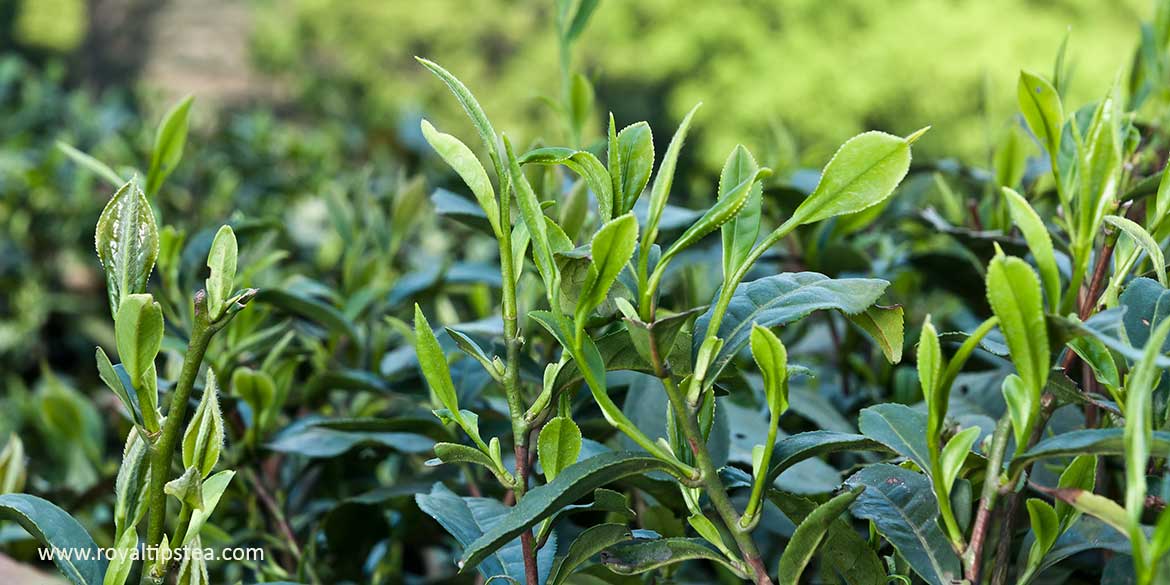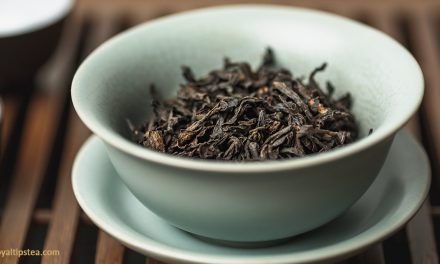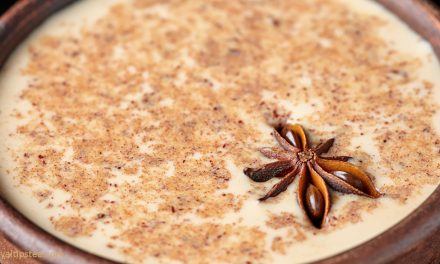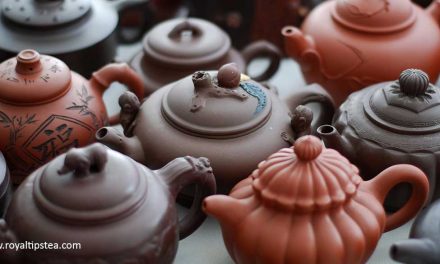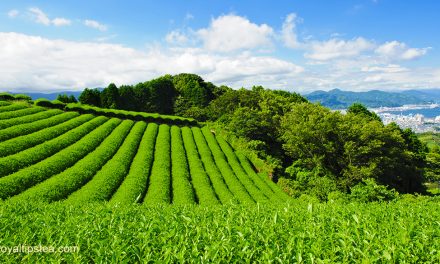Tea production techniques
Before ending up in our cup, tea undergoes a series of steps or processes that transform the fresh tea leaves into the end product ready to be consumed. Throughout thousands of years of its long history, these processes have been modified and refined to gradually introduce new varieties of tea as they are known today. The variations of these processes allow us to create different types of tea from the same raw material (the harvested tea leaves).
For example, to make white tea, tea leaves are simply picked and dried in the sun and indoors, while for the production of green tea, heat is applied at high temperature to stop oxidation in the leaves as quickly as possible.
The different production techniques and the order in which they are carried out will determine both the type of tea that we want to obtain and its sensorial profile, which can be light and delicate, vibrant and aromatic, intense and robust. In addition, there are all kinds of notes and nuances that contribute to the sophisticated flavour of each tea variety: sweet, fruity, floral, dairy, vegetable, mineral, earthy, etc.
The season and the type of harvest also influence the sensory profile of tea. The shoots of young tender tea leaves with plenty of buds picked in early spring will yield aromatic and complex infusion rich in antioxidants. Still, there are many top quality teas that do not contain any tea buds at all. A perfect example of that is dark oolong tea, made from mature tea leaves and extremely popular for its fragrance and wide range of complex flavours.
The variety of tea plant
Another important element that contributes to the sensory diversity of tea is the varietal (a plant that has disseminated naturally and in the course of the time has adapted to the environmental and geographical conditions of its new habitat areas) or the cultivar (a plant created by genetic manipulation by man according to the required characteristics that will be maintained through future generations).
For example, for the production of high quality Jade Oolong teas in Taiwan, the Jin Xuan cultivar was developed to give a smooth, aromatic and creamy flavour profile, to yield more crop and to resist disease.
Terroir
Indeed, the genetics of the tea plant and the careful production process are fundamental to guarantee the reliability of the product and keep its properties intact. It is during tea processing that important chemical changes begin to occur within the tea leaves and these start to develop characteristic flavours. However, if the same tea plant were planted in a different place or location, it would almost certainly have a different sensory profile even though it was processed in exactly the same way. This difference is due to a number of factors that can be summarized with the term “terroir” and which grant a unique and individual character to each tea.
The French word “terroir” is used to define a concept that is already widely used in the world of wine. It means the set of particular characteristics of the terrain, conditioned by its geographical location, geological composition, the climate and the eco-system of the area. As in the case of wine, the definition of “terroir” helps to recognize, understand and differentiate the organoleptic profiles of tea, its place of origin, harvest season, etc.
In brief, the taste and aroma of a tea depends as much on the care during the processing as it does on the variety of the plant, whether naturally or artificially selected, and its “terroir”. The flavour profile that we enjoy from any particular tea is a complex combination of the genetic make up of the plant, the tea growers skill in successfully growing the plant, harvesting the leaves and processing the tea, but added to that are all the gifts that nature contributes to give each tea its own special identity. Undoubtedly, nature is able to create true elixirs that we may enjoy with all our senses!
